Trust nothing, verify everything. That’s the embodiment of the Zero Trust principle. The core behind this principle ensures that users work only on trusted devices and networks. The concept requires multiple checkpoints both inside and outside a network such as multi-factor authentication (MFA).
In May 2021, as a response to the rising number of high profile security breaches such as Colonial Pipeline, the Biden administration issued an executive order mandating U.S. Federal Agencies to adhere to National Institute of Standards & Technology (NIST) 800-207 as a required step for Zero Trust implementation.
Based on the National Institute of Standards & Technology (NIST) guidelines, this means the following key principles need to be addressed:
- Constant verification: Verification is required at all times, for all resources.
- Minimize the “blast radius”: Reduce the potential and impact of an internal or external breach occurrence.
- Automate context collection and response: Based on behavioral data, get context on all aspects of IT for the most effective response.
What is a Zero Trust Strategy?
Zero Trust is a concept that was first identified by John Kindervag at Forrester Research more than a decade ago. This ground-breaking concept requires all users both inside and outside a network to be authenticated, authorized, and continuously validated for security checks before gaining access to data or applications.
Simply put, in traditional IT security, anything inside a network is trusted. The problem with this approach is that once a bad actor gains access to a network, they have access to everything inside. In Zero Trust, no one and nothing is trusted.
When you add to this the fact that data today is often dispersed in multiple areas such as the cloud, it creates a challenge to have a single security approach for an entire network.
Why Zero Trust?
The average cost of a single data breach has reached $4.24 million in 2021 according to a recent IBM report. This is the highest amount in the 17 year history of the report.
Rather than a software solution available for purchase or a checklist of actions to take, Zero Trust is a security model for IT networks with many components, from workstations, to servers, applications, databases, network devices and users. The adoption of a Zero Trust mindset can help you create a comprehensive plan for closing security gaps and securing your network.
The Mindset and Principles behind Zero Trust Security
- Never trust, always verify: each user, device, application and Workload is untrusted.
- Assume breach: Defend resources with the assumption that a bad actor has gained access to the network environment. Deny access by default and trust no users, devices, data flows, or requests for access. Continuously monitor, log and inspect any changes, access to resources or network traffic.
- Verify unequivocally: All resources should be accessed in a secure and consistent way using multiple methods as checkpoints to protect access to data and resources.
While this concept may sound extreme at first, Kindervag would argue “When every user, packet, network interface, and device is untrusted, protecting assets becomes simple.”
The concept requires companies to rethink their approach when it comes to cyber security. Zero Trust like most other cybersecurity is a process, not a project. Begin by prioritizing the smallest amounts of data that require the most sensitivity. Then create a microperimeter around each one for maximum control over the traffic coming in to access the data.
Ontech’s support team can act as your guide throughout your cybersecurity journey. We can begin with a vulnerability test or network security assessment and build from there. Contact our support team today by reaching us online or by phone at 262-522-8560.
Or better yet, request a Free Network Discovery and our professional technicians will identify high risk vulnerabilities within your business and make recommendations to strength the security in your network.






